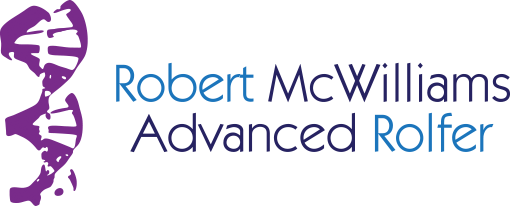Note: I work with knee issues all the time. Often a knee problem can be resolved in 3 sessions! While the article below is a bit over detailed, I hope you get the idea that I enjoy working with the legs and feet!
I’ve been working lately with a string of people with really bad knee issues, ranging from recent injuries to chronic issues starting as early as at five years old. It’s amazing what hands-on work ranging from but not limited to normalizing motion of feet, ankles, leg including shin and calf muscle fascia, interosseous movement between tibia and fibula, circulation behind the knee at the soleal line, unkinking the popliteal muscle, balancing and mobilizing the IT band attachment at Gerdy’s tubercle relative to the pes anserinus attachments of sartorius, gracilis and semitenidinosis fascias, frictioning ligaments all around the knee, deep adductor/quad or hamstring differentiation, balancing the hamstrings (in eccentric, i.e. lengthening with load, function) normalizing the quads in function, deep work on quad attachments at the line aspera, releasing and lengthening the articularis genu in relation to the joint capsule and whatever else my hands remember that my post-writing brain forgets ( or wants to spare you from). After this work, my clients report feeling incredibly better ( especially since I always do back work, neck work and some type of sacrum listening like a good Rolfer™ should). They suddenly have more confidence to put weight through that foot, and that allows a sense of calm and ease through the body that had been lacking, unbeknownst often.
I also always figure out self care coordination and awareness homework as well as exercises, and these last will probably involve strengthening the muscles around the hip. These will probably be focused on muscles that have lost mass, tone and coordination because of their knee instability and pain, or were even perhaps the cause of your injury or condition. These are as important as anything we do that day for long-term improvement in that knee. They have a better chance of helping a more balanced leg and hip, attained by my hands-on work. The two together are definitely better than just the hands-on alone, or just physical therapy-like exercises alone, in my opinion. Do your exercises! Save you knee for the activities you love, like walking, hiking, playing tennis for a longer and happier life!

Thank you
Maria Grace-Rolfer
You’re welcome! Sorry, I don’t check this very often.
Hi
Thanks for the info. I am a bodyworker from Iceland. I use massage, myo-facial technigs, streaching and more. Work experience over 10 years. I have my first real spraind knee cliant who is willing to take few sessions for it. About 2 yers ago he (Patrick) had a soccer injury. Had Sergey and a screw put in. Had 1 session with me that help a little bit. Mostly facial work around knee. Can I send you info and seek advice from you during this process?
Thank you Robert either way
Best regards Unnar Logi Smárason MT
Happy to help if I can. Please use the email address listed on the site. Generally: look at the joint relationships, especially foot/ankle>knee>hip>pelvis>sacroiliac joint>lower back. How are the adductors/quads/hamstrings affecting the alignment? This could be via restriction, but also lack of tone. If muscles are not activating, what about agonist/antagonist relationships? Is an antagonist so tight that the agonist cannot fire? Is the interosseous membrane between tibia and fibula jammed? Can you get release in the whole lower leg: posterior aspects, superficial and deep, and anterior compartments? It acts as a major shock absorber for the knee. Check for sure obturator internus and externus. If you know how to release a rotated scrum, do that. Is the ipsilateral kidney stuck on the psoas muscle? Knees are complex….